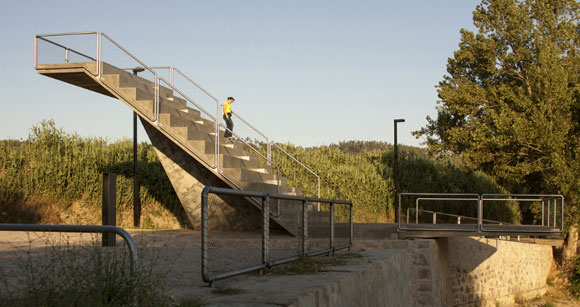
With Shumi Bose, Ethel Baraona Pohl and Tiago Mota Saraiva at the Tanto Mar roundtables. Photo by Tanto Mar.
Last December marked the public presentation and discussion of the Tanto Mar project, an excellent initiative of Lisbon-based architecture studio ateliermob. They propose to map and register the work of Portuguese architects outside of Portugal, reuniting their work in an exhibition in Lisbon’s CCB cultural centre. The project launched an open call to Portuguese architects abroad, and invited critics, curators and architects to discuss the submissions in two open roundtables. I was happy to take part in the international roundtable last 13 December, alongside Blueprint magazine’s Shumi Bose, dpr.barcelona’s Ethel Baraona Pohl, and ateliermob’s Tiago Mota Saraiva. The discussion was enlivened by the audience and a few agents provocateurs – Fredy Massad, Anna Buono and Cesar Najera Reyes – and a series of important trends and topics soon emerged. Alongside the results of the Portuguese roundtable that was held the previous days, these will inform and shape the curatorial process that will then materialize in an exhibition, which will open in Spring 2014. Thanks to ateliermob for the invitation and for having me! It was a pleasure to take part in the discussion and I look forward to see what the exhibition will bring.
